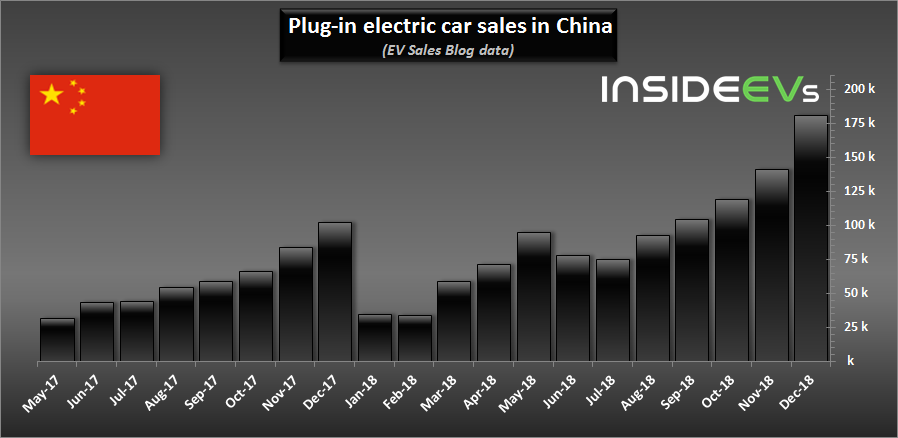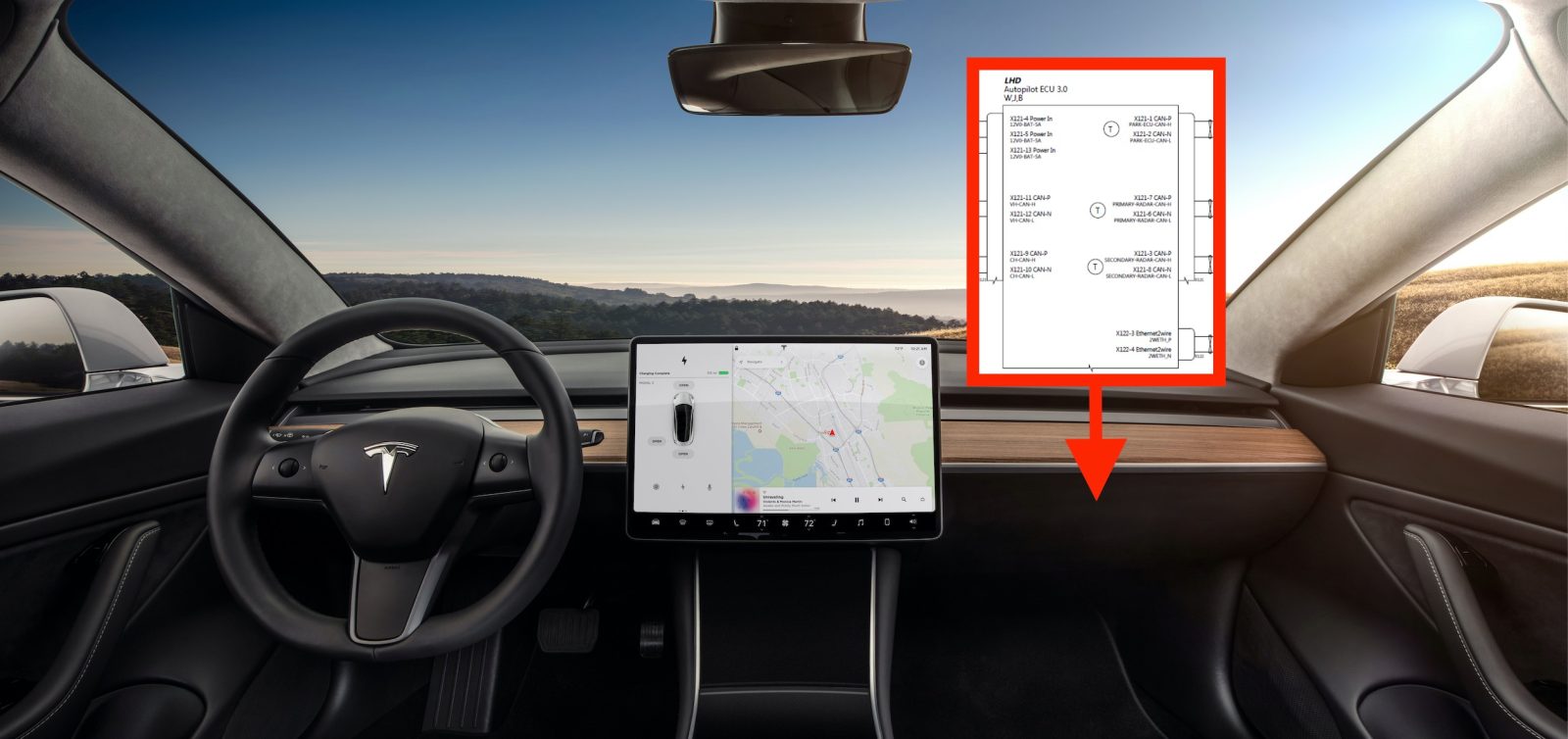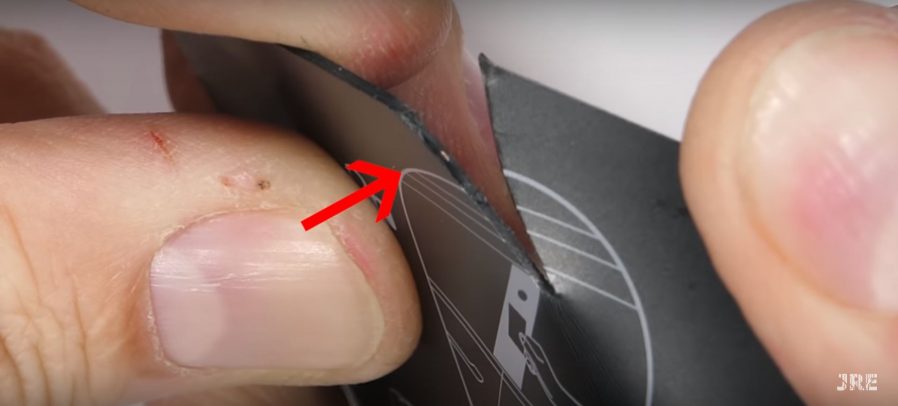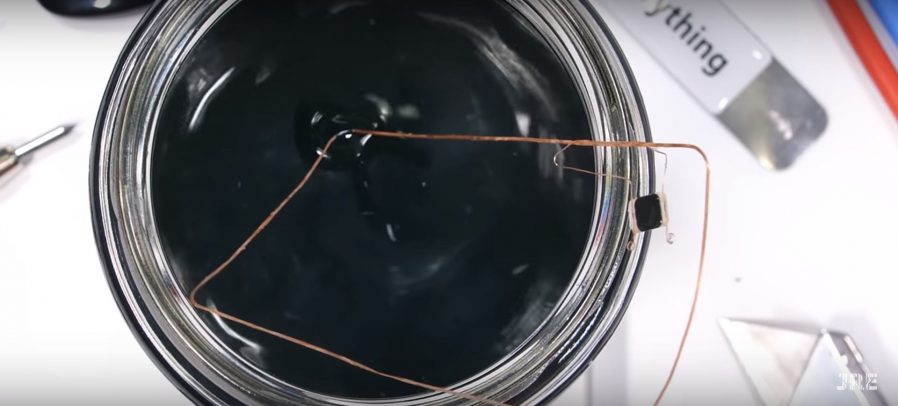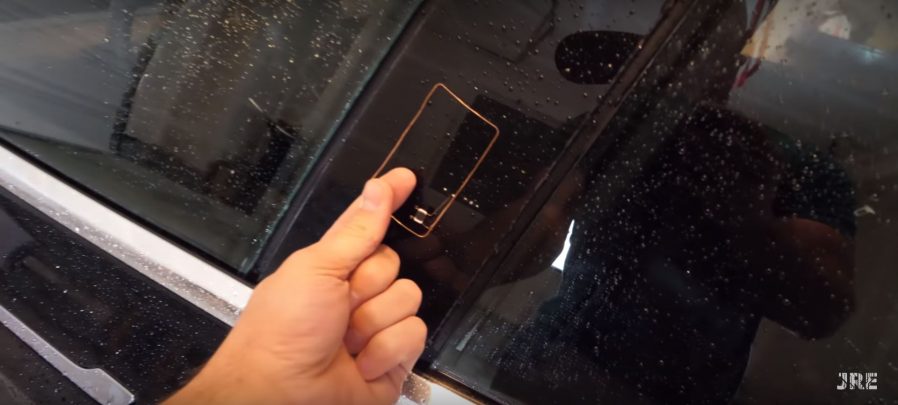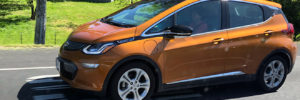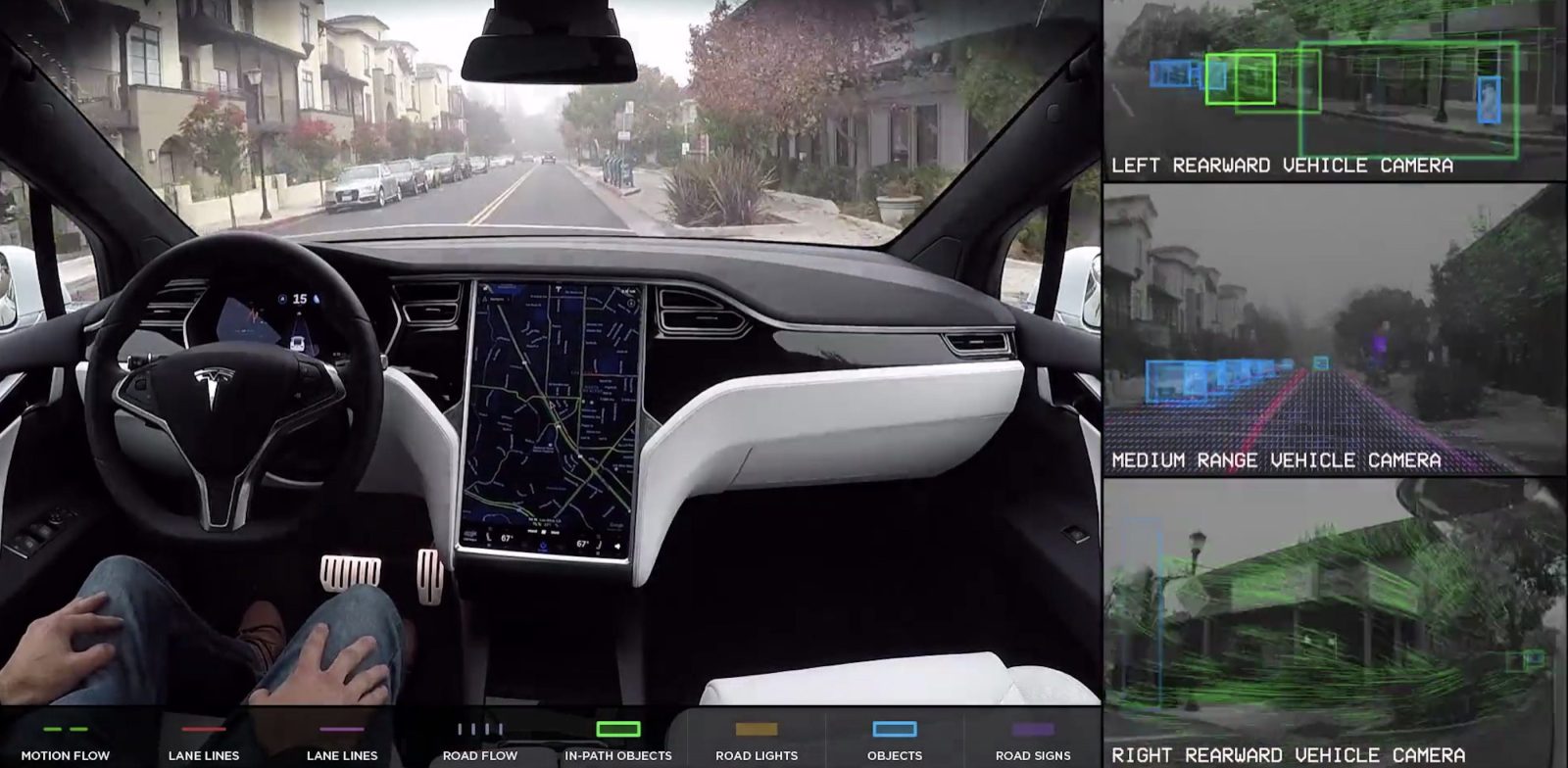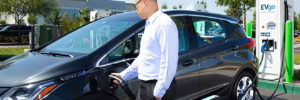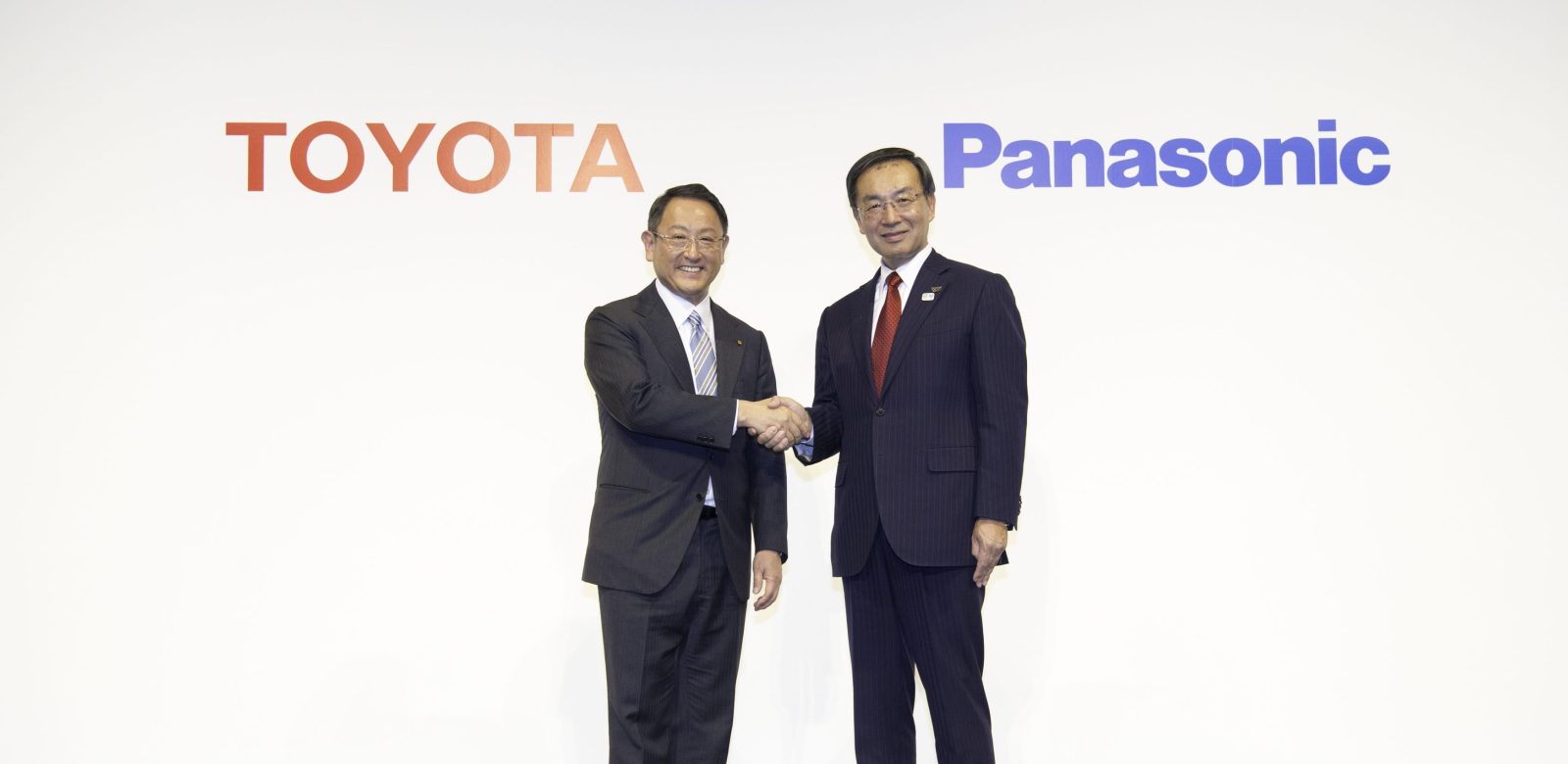Global automakers are planning an unprecedented level of investment to develop electrified vehicles and procure batteries over the next five to 10 years, according to a Reuters analysis of public data.
Carmakers have announced plans to spend at least $300 billion on electrification projects. The lion’s share – some $136 billion – will be directed at the Chinese market, where local brands including SAIC and Great Wall Motors will be joined by multinational joint-venture partners such as VW, Daimler and GM. The second favorite target of investment is Germany, where automakers led by the Volkswagen Group plan to part with $72 billion, followed by the US, which will receive about $34 billion.
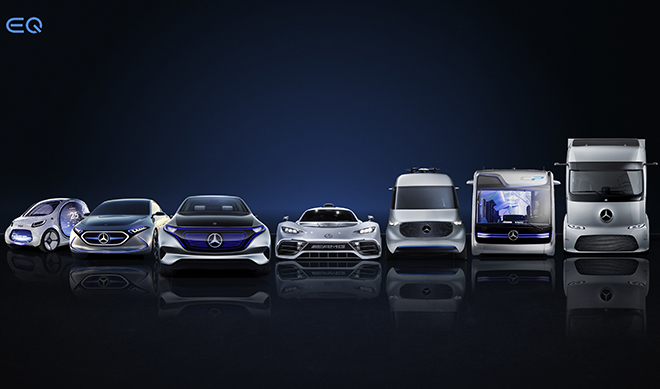
The figures from Reuters reflect only planned investments that have been publicly announced, and they don’t include related spending by automotive suppliers, technology companies and corporations in other industries. The total amount spent on R&D, engineering, production tooling and procurement is expected to be much higher.
Announced investments in electrification:
- Volkswagen Group: $91 billion
- Daimler: $42 billion
- Hyundai/Kia: $20 billion
- Changan (China): $15 billion
- Toyota: $13.5 billion
- Ford: $11 billion
- Fiat Chrysler: $10 billion
- Nissan: $10 billion
- Renault: $10 billion
- Tesla: $10 billion
- GM: $8 billion
- Great Wall (China): $8 billion
- BMW/Mini: $6.5 billion
- GAC (China): $6.5 billion
- Anhui Jianghuai Automobile (JAC, China): $6 billion
- Mahindra (India): $5.5 billion
- Geely (China): $5 billion
- SAIC (China): $5 billion
- Dongfeng (China): $4.5 billion
- BYD (China): $3.86 billion
- BAIC (China): $2.45 billion
- Jaguar Land Rover: $2.34 billion
- Tata (India): $0.9 billion
- PSA Peugeot Citroen: $0.77 billion
- Volvo: $0.725 billion
- Honda: $0.545 billion
- Chery (China): $0.435 billion
- FAW (China): $0.25 billion
- Mazda: $0.25 billion
Source: Reuters
Source: Electric Vehicles Magazine


 Tesla is reportedly exploring the idea of buying local batteries for its factory in China, from a supplier other than Panasonic. Panasonic has been Tesla’s partner in creating batteries for its electric cars from the outset of Model S production and co-owns the Nevada battery-production Gigafactory that produces far more electric-car batteries any…
Tesla is reportedly exploring the idea of buying local batteries for its factory in China, from a supplier other than Panasonic. Panasonic has been Tesla’s partner in creating batteries for its electric cars from the outset of Model S production and co-owns the Nevada battery-production Gigafactory that produces far more electric-car batteries any…
